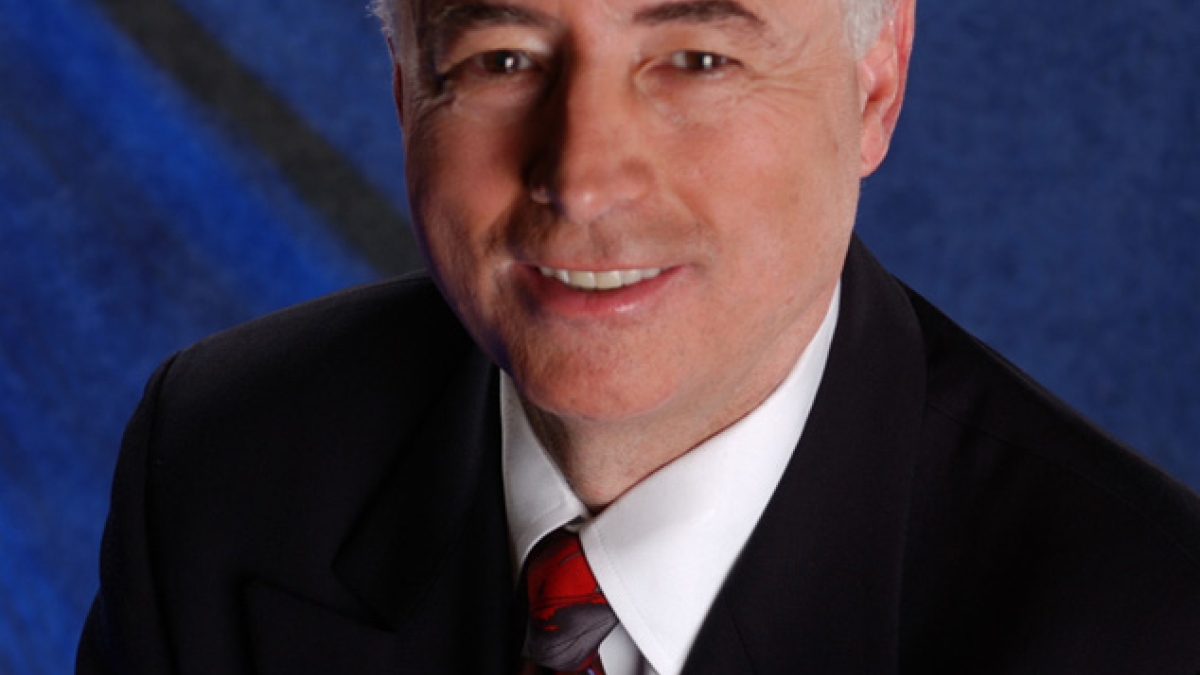U.S. News & World Report: W. P. Carey School ranks in top 25

This week, U.S. News & World Report revealed its highly regarded annual rankings for the best undergraduate business schools in the nation. The W. P. Carey School of Business at Arizona State University comes in an impressive No. 24. It’s the ninth time in 10 years the W. P. Carey School ranks in the top 30 on this prestigious list.
“We want to thank our stellar faculty and students for helping us to achieve consistent excellence,” says Robert Mittelstaedt, W. P. Carey School of Business dean. “These particular rankings are determined by deans and senior faculty members at our peer schools across the nation, who really understand the criteria for a top business school. The new rankings are a testament to the hard work, world-class research and achievements of our faculty, students and graduates.”
In addition to the No. 24 ranking overall for undergraduate business programs – up four places from last year -- the school also ranks among the top five in the West. The school’s renowned supply chain management program ranks No. 3 in the nation on the specialty list for its field.
Other recent Top 30 rankings for the W. P. Carey School and its programs include:
• The Center for World-Class Universities at Shanghai Jiao Tong University ranks the school No. 18 in the world for “economics/business.”
• U.S. News & World Report ranks the full-time MBA program Top 30 in the nation for the fifth year in a row.
• U.S. News & World Report ranks the part-time (evening) MBA program No. 21 in the nation.
• U.S. News & World Report ranks the school’s online MBA program among just 14 on its first-ever “Honor Roll” for online graduate business programs.
• The Wall Street Journal ranks the school’s Arizona-based executive MBA program No. 13 in the world.
• Britain’s Financial Times ranks the school’s China-based executive MBA program No. 20 in the world.
For more information about the W. P. Carey School of Business, visit www.wpcarey.asu.edu.